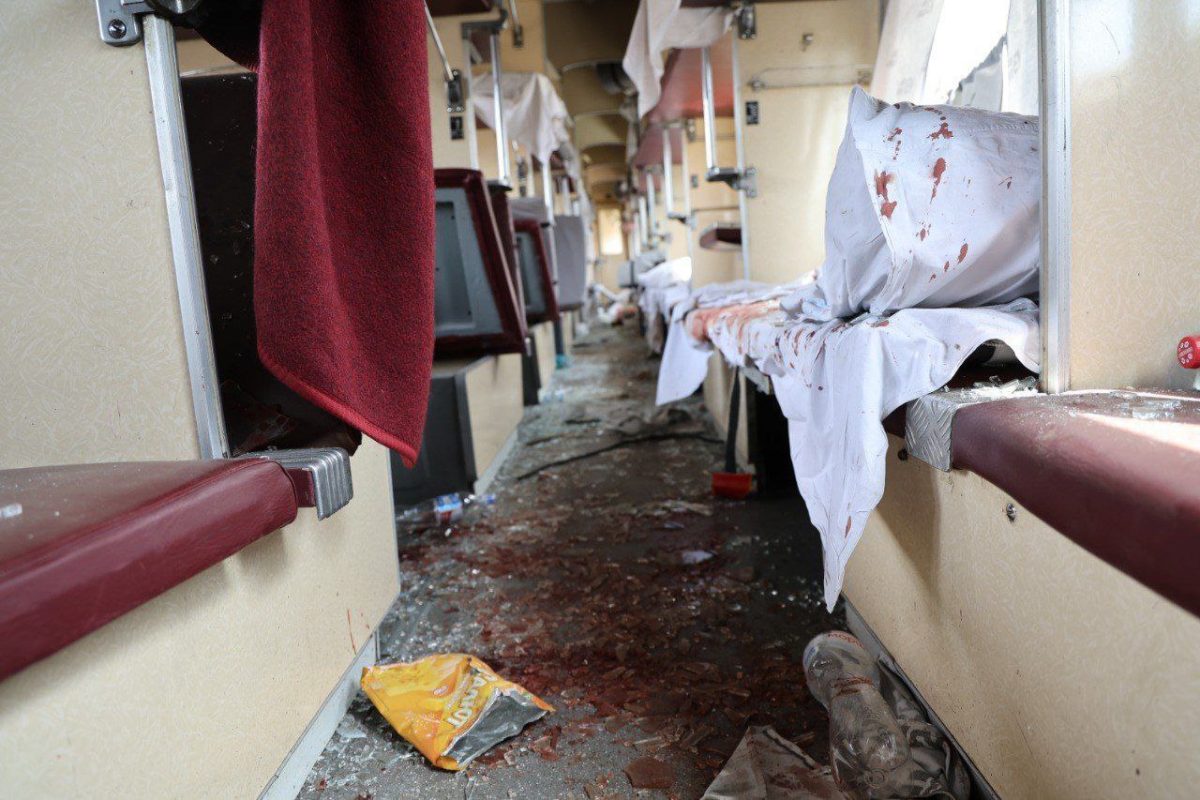Your cart is currently empty!
The Target Isn‚Äôt the Ukrainian Army. It‚Äôs the Ukrainian Future.¬Ý

ODESA — JUNE 17, 2025.
The first drone strike in Odesa came before the sun. By the time the smoke had cleared, Odesa’s historic center was on fire. A kindergarten and an inclusive center for children with disabilities were ripped open. Seventeen people were injured, two of them children. One person was killed. Most of the city was still asleep.
Three days later, while firefighters were still rerouting traffic and patching glass, Russia hit Odesa again. This time it wasn’t just families and children caught in the crosshairs. It was the people trying to save them.
On June 20, a swarm of ten kamikaze drones slammed into residential neighborhoods in Odesa, public transport, and emergency service zones. Fourteen people were wounded. Among them: three State Emergency Service workers injured while responding to the aftermath of the earlier strike. One of them is still in the hospital.
This is not war. This is a pattern.
JUNE 22: SLOVIANSK AND KRAMATORSK
Two cities. One night. Coordinated Russian shelling left four civilians dead and many more injured.
In Sloviansk, a 17-year-old boy was pulled lifeless from the rubble of a home. More than 30 private houses were damaged. So were four apartment buildings, an industrial site, and two government buildings.
In Kramatorsk, the shelling hit residential and industrial zones. Three were confirmed dead. A 14-year-old girl was injured. As of press time, local authorities say people are still believed to be buried under debris.
“The body of a 17-year-old child was found under the rubble,” said Ivan Petrenko, deputy head of Sloviansk Police. “Criminal proceedings have been opened.”
The courts may catch up. But the body count keeps growing.
JUNE 24: DNIPRO BURNS
What happened in Dnipro wasn’t a strike. It was a campaign.
At 11:00 a.m., multiple Russian ballistic missiles tore through the city and its surrounding district of Samar. In a matter of minutes, they hit 46 apartment buildings, 41 homes, 10 kindergartens, eight medical facilities, and a civilian train—No. 52 on the Odesa-Zaporizhzhia route.
Seventeen dead. Over 200 injured. Dozens hospitalized. Entire streets unrecognizable.
“The explosion. Plaster, smoke. Screams,” said Oleksandr, a resident of one of the hit buildings. “We brought the wounded out as best we could.”
“The child was terrified,” said Oleksandr Krymchuk, holding his four-year-old. “I don’t know what will happen.”
What happens is trauma. What happens is the next generation learns to flinch before it walks.

JULY 4: THE SCHOOL THAT VANISHED
In Kramatorsk, a Tornado-S multiple rocket system struck a vocational school.
No soldiers were there. No munitions. No flag. Just empty classrooms and locked workshops where teenagers once trained to become electricians, welders, mechanics.
“There is simply nowhere to return to,” said Volodymyr, a resident. “Children used to study here. It’s all gone.”
This is not accidental.
THE STRATEGY OF CIVILIAN ERASURE
There are no military gains here. No frontlines breached. No advances made. This is not war as the world understands it. It is civilian erasure disguised as combat.
Russia is targeting civilians:
- Children (ages 4, 14, 17)
- Rescue workers
- Kindergartens
- Vocational schools
- Hospitals
- Trains
- Inclusive centers
- Public housing
Each strike undermines the psychological, educational, and structural fabric of Ukraine’s survival.
This is not about territory. It’s about memory, identity, continuity.
This is why kindergartens matter. This is why trains are targeted. This is why rescuers are struck twice.
THE TARGET IS THE FUTURE
When you flatten a school, you do more than destroy a building. You erase routine. You kill a trajectory. You shatter the idea that anything after this could be safe.
Russia is not fighting Ukraine’s army.
It is waging war on its ability to exist tomorrow.
And the world needs to call that what it is: not strategy, not attrition, but the deliberate destruction of a civilian nation. One drone, one child, one classroom at a time.
All information in this report has been verified and sourced by the Center for International Communications of Ukraine, provided to Truthlytics for documentation and public record.
Share Your Perspective
Subscribe to Truthlytics today to stay informed and dive deeper into the issues that matter.
Already subscribed? Log in to join the conversation and share your thoughts in the comments below!




